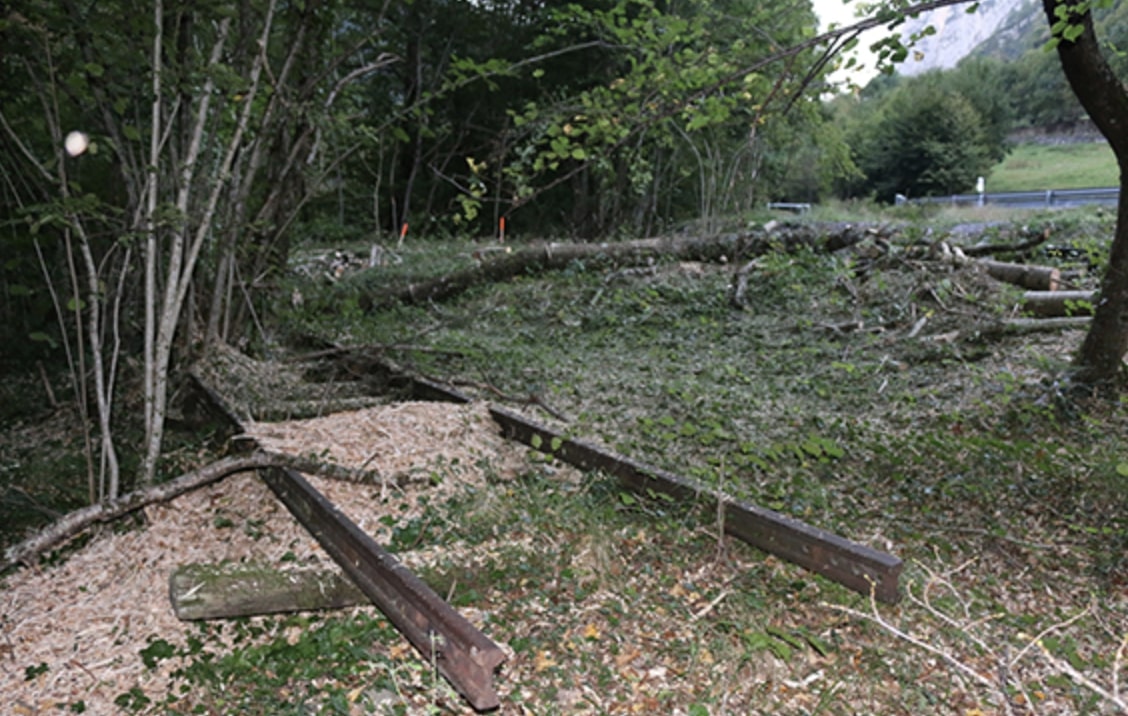Controversial Spain-France rail border crossing could reopen in 2028

The rail border crossing between Canfranc (Spain) and Bedous (France) might reopen in 2028. This is what Alain Rousset, president of the French region Nouvelle Aquitaine, said Wednesday 15 March during his visit to the Canfranc and Ayerbe stations.
This border crossing, closed since 1970, came under the spotlight after the French Infrastructure Orientation Council (COI) advised the government not to invest in its reopening. Already in 2018, the COI adopted a similar position of not mobilising national financing for this project, deeming it an infrastructure of local, rather than national, interest.
Spain is investing heavily in this railway line
On the other hand, Spain seems more than keen to invest in relaunching this line. Spanish infrastructure manager Adif has planned an investment for 144,2 million euros to modernise the Zaragoza-Huesca-Canfranc line, which leads up to the French border in Bedous. Part of these funds have been used to improve the section between Plasencia del Monte and Ayerbe, which is already operative.
The rest of the investment will be divided into two phases. The first one includes the strengthening of the section between Ayerbe and Caldearenas and between Jaca and Canfranc. The second phase will see the implementation of signaling and communication devices on the line from Zaragoza to Canfranc. Among other things, the project entails improving the curvature of the route to allow trains to travel at higher speeds and the adaptation to have freight trains up to 450 metres in length.
Why is the Canfranc-Bedous border crossing important?
France and Spain currently have four active rail border crossings. The importance of the Canfranc-Bedous section lies in the fact that there is currently only one rail border crossing on the Atlantic side of the border, linking Irun and Hendaye. The other three border crossings (Portbou-Cerbere, Figueres Vilafant-Perpignan, and Puigcerda-La Tour de Carol-Envetig) are located closer to the Mediterranean coast. Reopening the Canfranc-Bedous section could therefore offer an alternative route with additional capacity for trains traveling between the two countries.

The Canfranc-Bedous rail border crossing was closed in 1970 after a rail accident involving a freight train that destroyed the Estanguet bridge. As the picture above shows, the French section has been abandoned for a few decades. The Spanish section remained open after the accident. By 2016, the French section from Pau to Bedous was reopened, but the border crossing line connecting Bedous to Canfranc was not.
In February 2022, the Spanish and French governments signed a joint declaration together with the Nouvelle Aquitaine and the Aragon regions. This document clearly stated the will to continue the project of restoration of the line. Rousset pointed out that this line could be used for the transportation of cars and agriculture products such as grain. He claimed that works on the French side could start in 2026 and the line could reopen in 2028. However, it still remains unclear who can and will fund the project, since the French government does not seem to be interested.
Also read:




